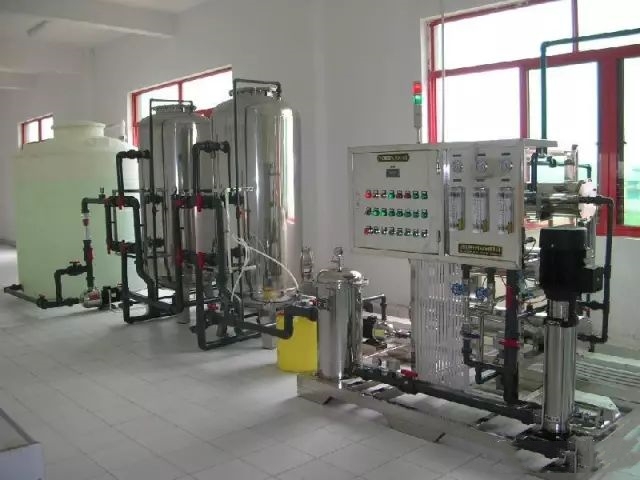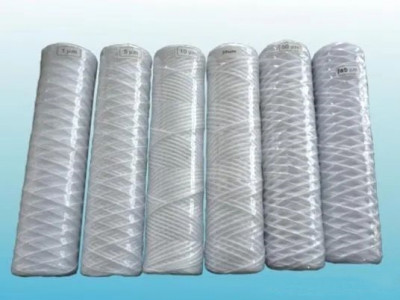Reverse osmosis equipment needs which commonly used instrumentation
In order to make RO device can run safely and reliably, easy to monitor the operation process, should be equipped with the necessary instrumentation and control devices, generally need to install the instrumentation are temperature meter, flow meter, pressure meter, conductivity meter, oxidation potential meter, chlorine meter, pH meter, specific as follows:
- temperature meter:
Feed water temperature meter, because the water production is related to the temperature, so it needs to be tested in order to find out the standardized water production, large-scale equipment should be recorded, in addition, the temperature exceeds 45 ℃ will damage the membrane element, so the raw water heater system should be set up to exceed the limit of the alarm, over the limit of the automatic drainage and shutdown RO protection.
- Pressure gauge:
The feed water pressure gauge, the first section RO effluent pressure gauge, and the drain pressure gauge are used to calculate the pressure drop in each section and to standardize the water production and salt transmission rate. Salt transmission rate, water yield and Δp are used to analyze RO performance issues.
The 5um filter should be installed with inlet and outlet pressure gauges, and when the pressure drop reaches a certain value, the filter element needs to be replaced.
Inlet and outlet pressure gauges for feed pumps, inlet and outlet pressure switches are used to shut down the pump when the inlet pressure is low and to stop the pump when the outlet pressure is high.
- flow meter:
Product water flow meter in operation to detect the amount of water produced, each section should be installed separately, in order to standardize RO performance data. Product water flow rate should be indicated, totalized and recorded. Concentrated water drainage flow meter in operation to detect the amount of drainage, should be indicated cumulative and record. From the product flow rate and drainage flow rate can be calculated from the sections of the water supply, recovery rate and the recovery rate of the entire RO, feed water flow meter is mainly used for RO dosage of automatic adjustment, in addition to indicating the cumulative signal should also be given for proportional adjustment.
- conductivity meter:
Feed water conductivity meter, water conductivity meter indicates and records the conductivity of water: alarms can be set, and the desalination rate can be calculated from the conductivity of feed water and the conductivity of produced water.
- pH meter
When acid is added to the feed water to prevent CaCO3 from forming scale, a pH meter should be installed in the feed water after acid is added.
- chlorine meter
Chlorine meter is installed in the feed water to control the chlorine content of the feed water.
- oxidation potential meter
After adding sodium bisulfite to eliminate residual chlorine feed water should be equipped with redox point meter, there should be an indication of records, exceeding the limit alarm.




